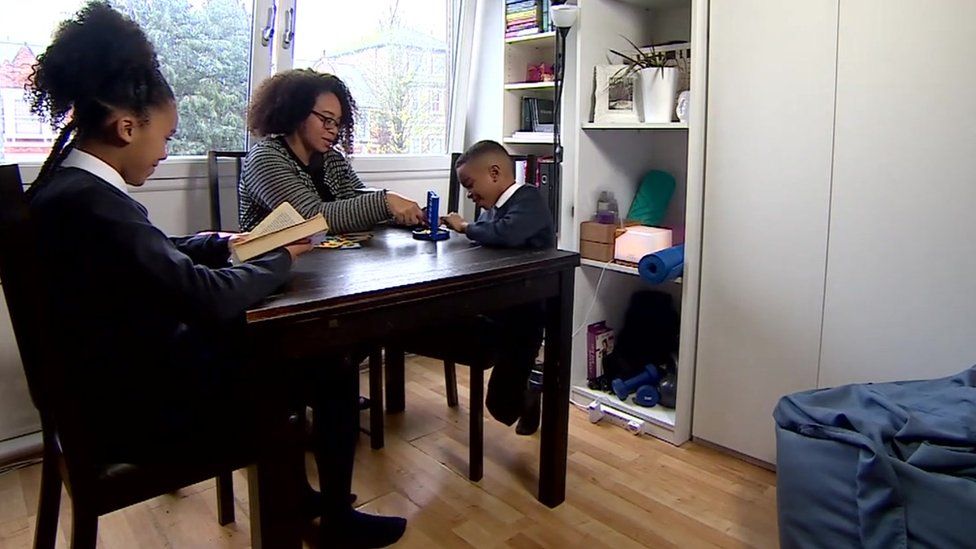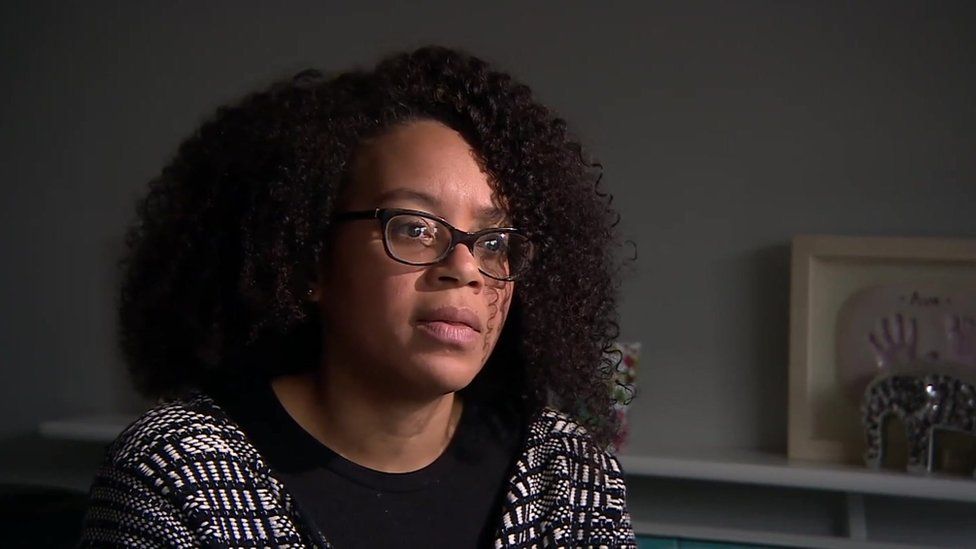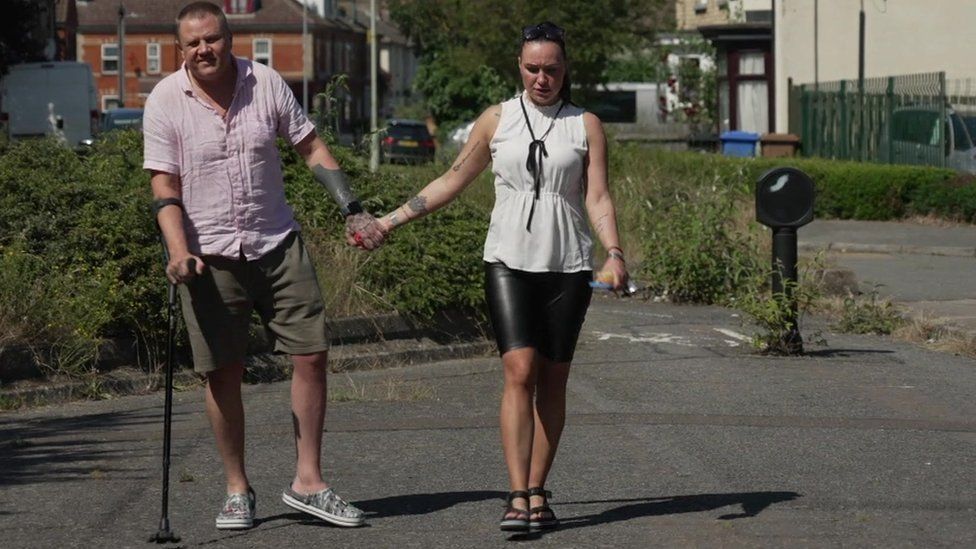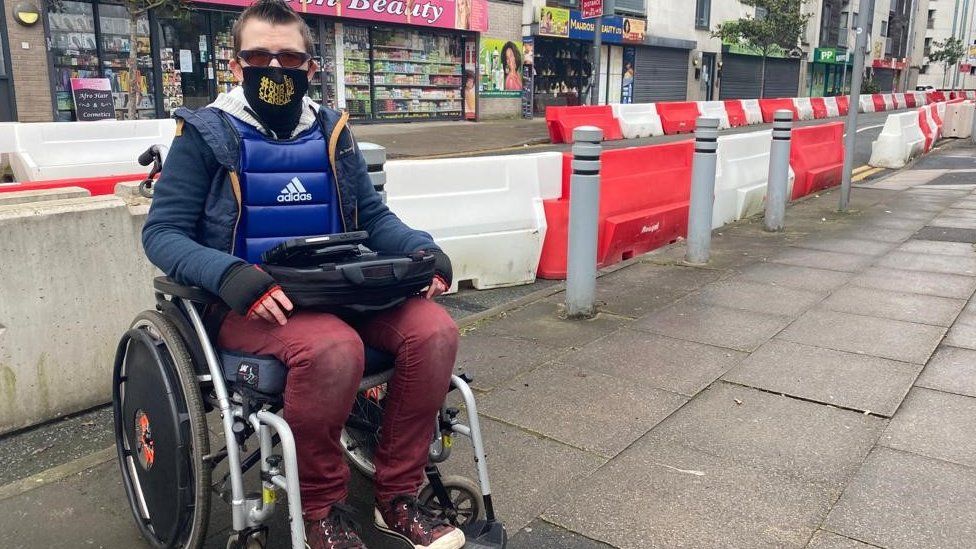Campaigners say government attempts to unlock parts of the property market paralysed by the cladding crisis have stalled.

The government’s latest attempts to unlock parts of the property market paralysed by the cladding crisis have stalled, according to campaign groups.
An agreement between the High Street’s biggest banks and the Ministry of Housing was supposed to pave the way for mortgages to be offered again on more than 800,000 flats in low and medium rise buildings that have been left unsellable after the Grenfell Tragedy in 2017.
Last month, Housing Secretary Robert Jenrick said buildings under 18 metres in height would no longer need an EWS1 fire safety form and should be presumed safe by lenders.
But the BBC has learnt that banks are unlikely to change their policies until the Royal Institution of Chartered Surveyors (RICS), which advises property valuers, updates its specialist guidance.

However, in turn RICS has said it can’t alter its position on the issue until the government changes its official fire safety advice; that could take until November according to those familiar with the process.
Alex Dickin, from campaign group Ipswich Cladiators, warns that many people remain stuck in a financially perilous situation.
“The government announcement has once again made no difference to the millions of leaseholders trapped in unsellable and mortgageable homes. We’ve yet to see any significant move from lenders,” Mr Dickin, who’s 28, told the BBC.
This is a problem of the government’s own making. Previously, EWS1 survey forms were only required on the tallest tower blocks. Ministers inadvertently expanded the scope of the cladding crisis in January 2020 when they said residential blocks of any height should be checked for fire risks.
Mortgage lenders then began demanding fire surveys – known as EWS1 forms – from a much wider range of sellers.

Emma Lee’s home, in south London, is one of an estimated 3.2 million flats that has been left unsellable as a result.
The mother of two bought 50% of her one bed flat under shared ownership in 2008. Her block has four floors. A survey revealed problems with timber cladding and missing fire breaks; Ms Lee fears she will be left with a massive bill for work that may not be necessary.
“The genie is out of the bottle. What the government is now saying won’t make any difference. No one wants to buy these flats with these problems, a lender won’t touch us at the moment,” said Ms Lee.
Research by a group of independent experts, commissioned by the government, concluded last month that there was no systematic fire risk in buildings below 18 metres.
The expert panel said that in most mid and low-rise blocks expensive repair work was unnecessary; instead the fire risk could be managed by installing alarm systems or sprinklers.
That brings little comfort to Ms Lee, who said ‘extensive remediation works’ are still planned for her block with residents facing ‘devastating bills on the way and a real possibility of homelessness.’
She believes she has become a victim of the zero-risk approach from lenders.
For Jelena and Igor Solovjova the problem isn’t the cladding on their building in Ipswich, but the insulation and plywood beneath it. When the couple tried to sell their property it was valued at nothing because it didn’t have an ESW1 form.

Fixing the faults could run into tens of thousands of pounds. Mr Solovjova, 45, has multiple sclerosis and can only work part time. While his wife, Jelena, who is 35, is working three jobs to cover the increasing costs.
“This is stressful for us,” she said. “We are disappointed with the current situation. Our trust in government has been shaken, we are confused as to why the government compounds things by not achieving anything and doesn’t appear to understand the crisis, our emotions are mixed.”
The housing secretary told parliament last month that major lenders had agreed to swiftly change their rules; the Solovjovas are now hoping their building, which is under 18 metres, will now be reassessed.
But while banks, including HSBC, Barclays and Lloyds Banking Group, have welcomed the announcement from the Mr Jenrick, the BBC understands it will not change their policies in the short term.
UK Finance, which represents the banking industry, said until RICS guidance and the government’s official advice is updated “lenders will continue to be guided by surveyors’ expert opinions when a EWS1 form is required for medium and low-rise blocks of flats”.
That’s left leaseholders like Georgie Hulme, who lives on the third floor of a low-rise block in south Manchester, feeling angry and trapped. Inspections of her building after the Grenfell Tower tragedy revealed problems including dangerous cladding.

Ms Hulme doubts a change to fire safety guidance will make any difference to her and thousands of others who have already been dragged into this crisis.
“All these issues have now been flagged up, how can they all now just be ignored and buildings under 18 metres be deemed as safe?” she said.
“If you wanted to sell, who would buy any of these flats? I can’t see a huge demand. It is impossible to know between the government, manufacturers, developers, managing agents, who can be trusted in this horrendous situation?”
Ms Hulme, 42, who has disabilities and can’t work, now fears bankruptcy. Her building is not eligible for any government funding to make it safe.
“For someone like myself who’s disabled and on benefits, even if this means that technically I could borrow on the value of my property, the reality is not the case, as nobody would lend to someone in my situation,” she told the BBC.
The Ministry for Housing, Communities and Local Government said in a statement: “We are committed to correcting the present market failure and supporting leaseholders to sell their properties should they wish to do so.”
“The view from the independent experts is that there is no evidence of a systemic risk of fire in blocks of flats, but excessive industry caution is leaving many leaseholders in lower risk buildings unable to sell, or facing bills for work which is often not necessary.
“This must stop and, in line with the expert advice, we’ve set out that EWS1 forms should not be requested for buildings below 18 metres.”